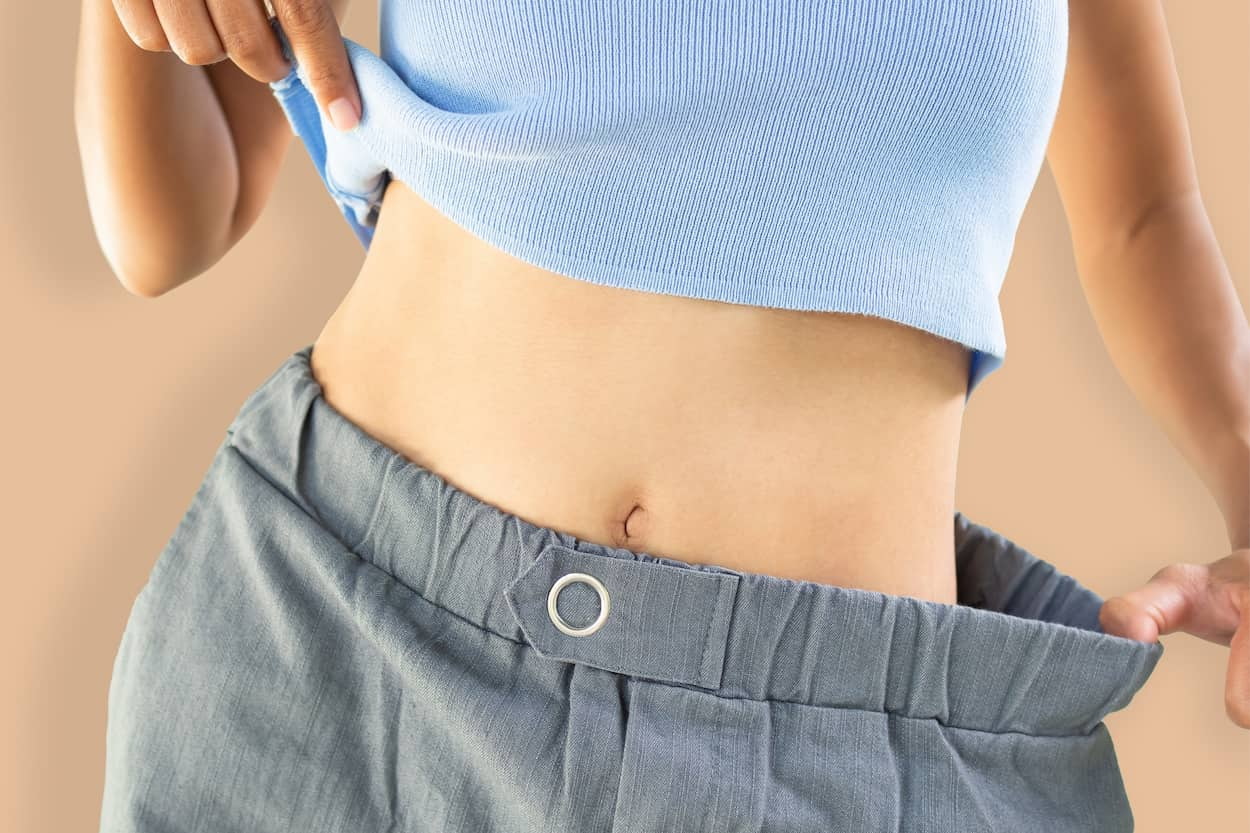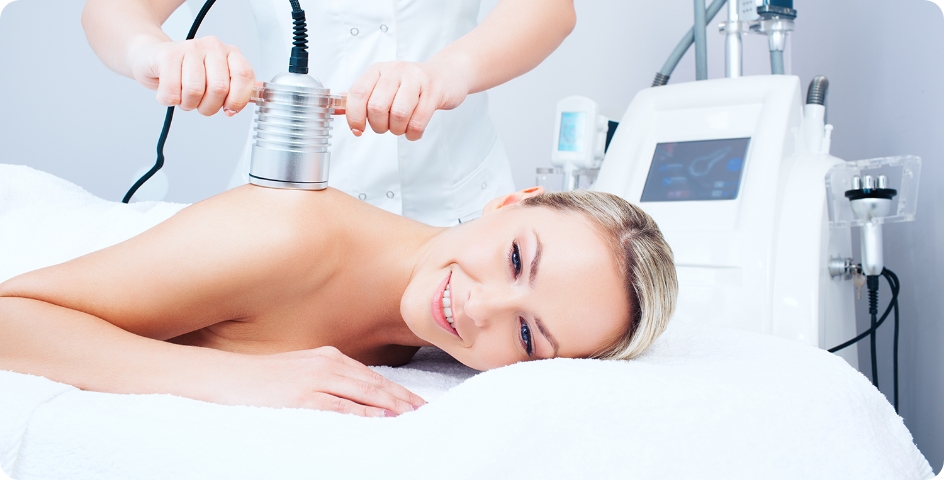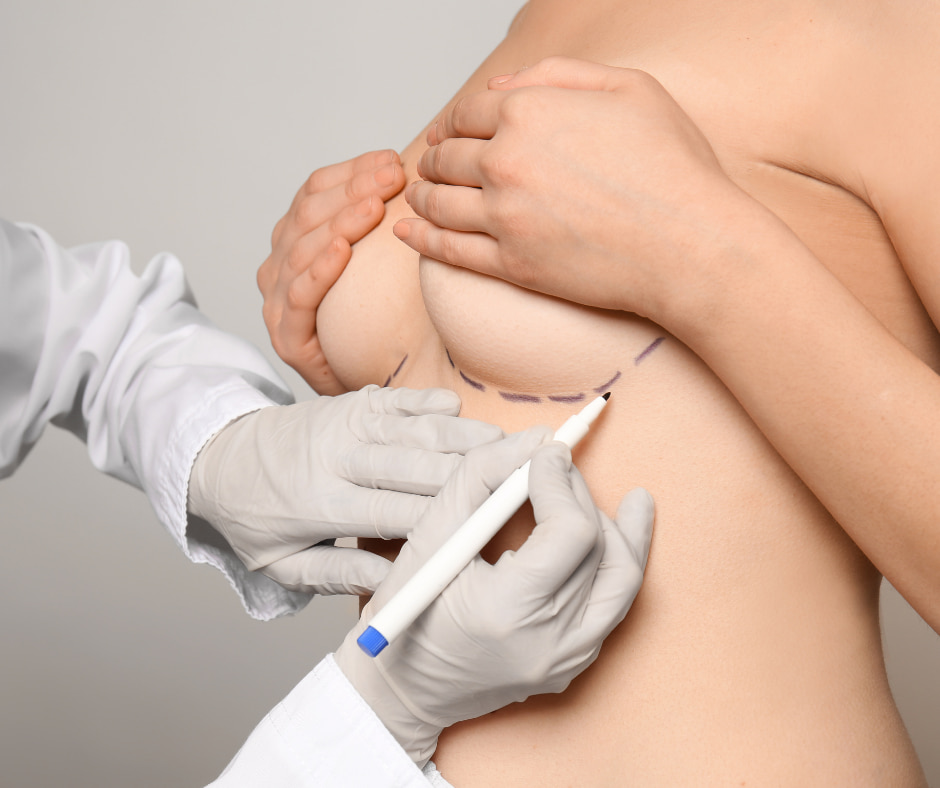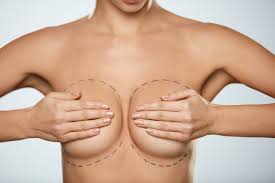
Fibrosis After Liposuction: Causes, Treatment, and Prevention
Liposuction is a popular cosmetic surgery procedure that helps remove unwanted fat from different parts of the body. While it is generally considered safe and effective, there are still some risks and complications associated with this type of surgery, one of which is fibrosis.
Fibrosis after liposuction is a condition where scar tissue develops under the skin, resulting in hard lumps or bumps in the affected areas. This article will discuss the causes, treatment, and prevention of fibrosis after liposuction.
What is Fibrosis After Liposuction?
Fibrosis after liposuction is a condition where scar tissue forms under the skin, leading to the development of hard lumps or bumps in the treated area. This is a common complication that can occur after liposuction, especially if the patient has undergone a large volume of fat removal.
The scar tissue that forms is usually caused by the body's natural healing process after the surgery, where the damaged tissue is repaired with collagen fibers. However, excessive scarring can occur in some cases, leading to the development of fibrosis.
Causes of Fibrosis After Liposuction
Fibrosis after liposuction occurs when excess scar tissue forms in the treated area, leading to hard lumps or bumps under the skin. This condition can be caused by several factors, including:
Trauma to the Tissue: During the liposuction procedure, the surgeon uses a cannula to break up and suction out excess fat. This process can cause trauma to the surrounding tissues, which can lead to the formation of scar tissue. The amount of trauma to the tissue can depend on factors such as the technique used, the amount of fat removed, and the patient's healing response.
Inflammation: Inflammation is a natural response to injury or trauma in the body. After liposuction, the treated area may become inflamed as the body works to heal the tissues that were traumatized during the procedure. Chronic inflammation can lead to the formation of excess scar tissue.
Genetics: Some people may be more prone to developing fibrosis after liposuction due to their genetics. In some cases, the body's natural healing response may lead to an overproduction of scar tissue.
Poor Aftercare: Proper aftercare is essential to a successful recovery after liposuction. Failure to follow your surgeon's postoperative instructions can increase your risk of developing complications, including fibrosis. This can include not wearing compression garments as directed, not taking prescribed medications, or engaging in activities that can put excessive strain on the treated area.
Underlying Medical Conditions: Certain medical conditions can increase your risk of developing fibrosis after liposuction. These include autoimmune disorders, diabetes, and circulation disorders.
It is important to understand that the development of fibrosis after liposuction can be influenced by a combination of these factors. By taking steps to minimize trauma to the tissue during the procedure, managing inflammation, following proper aftercare instructions, and addressing underlying medical conditions, you can help reduce your risk of developing this complication.

How to Get Rid of Lumps After Liposuction?
If you develop lumps or bumps in the treated area after liposuction, there are several treatment options available that can help improve the appearance of the affected area. These include:
Massage: Massage is a non-invasive treatment option that can help break up scar tissue and improve lymphatic flow. Lymphatic drainage massage is a gentle massage technique that can help reduce swelling and promote healing in the affected area. Deep tissue massage can also be used to help break up scar tissue.
Radiofrequency: Radiofrequency treatments use heat to break up scar tissue and promote collagen production. This can help improve the appearance of lumps or bumps in the treated area. Radiofrequency treatments are non-invasive and can be performed in a clinic or doctor's office.
Steroid Injections: Steroid injections can be used to reduce inflammation and improve the appearance of fibrosis after liposuction. This treatment involves injecting a small amount of steroid medication into the affected area. Steroid injections are a minimally invasive treatment option that can be performed in a clinic or doctor's office.
Surgery: In some cases, surgical intervention may be necessary to remove lumps or bumps in the treated area. This can involve the removal of excess scar tissue or the revision of the original liposuction procedure. Surgical interventions are more invasive than other treatment options and may require a longer recovery period.
It is important to work closely with your surgeon to determine the best treatment option for your specific condition. Your surgeon will consider factors such as the severity of your condition, your overall health, and your treatment goals when recommending a treatment plan. With proper treatment and care, most patients can achieve significant improvements in the appearance of the affected area.
How to Prevent Fibrosis After Liposuction?
Preventing fibrosis after liposuction is an important consideration for anyone undergoing this procedure. While some degree of scar tissue formation is to be expected after any surgical procedure, there are steps you can take to minimize the risk of fibrosis and other complications.
One of the most important steps you can take to prevent fibrosis after liposuction is to choose a qualified and experienced surgeon. Look for a board-certified plastic surgeon who has extensive experience performing liposuction procedures. A qualified surgeon will be able to minimize trauma to the tissues during the procedure, which can help reduce the risk of scarring and fibrosis.
Following your surgeon's post-operative instructions is critical for preventing fibrosis after liposuction. This may include wearing compression garments to reduce swelling and support the healing tissues, avoiding strenuous exercise for several weeks after the procedure, and taking prescribed medications to manage pain and prevent infection. It is important to follow these instructions carefully to promote proper healing and minimize the risk of complications.
Maintaining a healthy lifestyle after liposuction can also help prevent fibrosis. This may include eating a balanced diet, staying hydrated, and getting regular exercise. Maintaining a healthy weight can help prevent the need for future liposuction procedures, which can further reduce the risk of fibrosis.
Finally, massage therapy can be an effective tool for preventing fibrosis after liposuction. Regular massage can help break up scar tissue and promote lymphatic flow, which can help prevent the accumulation of excess fluid in the treated area. Your surgeon or massage therapist may recommend specific massage techniques to help prevent fibrosis and other complications after liposuction.
Fibrosis After Liposuction Treatment
If you develop fibrosis after liposuction, several treatments can help improve your condition. These treatments include massage, radiofrequency, steroid injections, and surgery. Your surgeon will recommend the best treatment option based on the severity of your condition and your overall health. In some cases, a combination of treatments may be necessary to achieve the best results.
It is important to note that the treatment of fibrosis after liposuction can be a slow and gradual process. It may take several months to see noticeable improvements in the appearance of the affected area. It is also important to have realistic expectations about the results of your treatment, as complete resolution of fibrosis may not be possible in some cases.
What is the Best Massage for Fibrosis After Lipo?
Massage can be a very effective treatment option for fibrosis after liposuction. Several massage techniques can be used to break up scar tissue and improve lymphatic flow in the affected area. The best massage technique for fibrosis after lipo will depend on the severity of your condition, your treatment goals, and your individual preferences. Here are some of the most commonly used massage techniques for fibrosis after liposuction:
Lymphatic Drainage Massage
Lymphatic drainage massage is a gentle massage technique that can help reduce swelling and promote healing in the treated area. This technique uses light pressure and gentle strokes to help improve lymphatic flow and promote the removal of excess fluid from the affected area. Lymphatic drainage massage is a safe and effective treatment option that can be performed by a qualified massage therapist.
Deep Tissue Massage
Deep tissue massage is a more aggressive massage technique that is used to break up scar tissue and improve circulation in the treated area. This technique involves applying deep pressure to the affected area, which can help break up adhesions and improve tissue mobility. Deep tissue massage should only be performed by a qualified massage therapist who is trained in this technique.
Myofascial Release
Myofascial release is a massage technique that is used to release tension in the fascia, which is the connective tissue that surrounds the muscles and organs in the body. This technique involves applying gentle pressure to the affected area to release tension and improve tissue mobility. Myofascial release can be an effective treatment option for fibrosis after liposuction, particularly if the condition is causing pain or discomfort.
Cupping Therapy
Cupping therapy is a massage technique that involves using suction cups to create a vacuum effect on the skin. This technique can help improve circulation and promote the removal of excess fluid from the treated area. Cupping therapy is a safe and effective treatment option that can be performed by a qualified massage therapist.
It is important to work with a qualified massage therapist who is experienced in treating fibrosis after liposuction. Your massage therapist can help you determine the best massage technique for your specific condition and treatment goals. They can also guide how often you should receive massage therapy and what you can do to support your recovery between sessions.
Understand Fibrosis With Healthy Türkiye
In conclusion, fibrosis after liposuction is a common complication that can occur after this type of surgery. While it cannot be completely prevented, there are several steps you can take to minimize your risk of developing this condition. If you do develop fibrosis after liposuction, there are several treatments available that can help improve your condition, including massage, radiofrequency, steroid injections, and surgery.
It is important to work closely with your surgeon to determine the best treatment option for your specific condition. With Healthy Türkiye’s expert health team, most patients can achieve significant improvements in the appearance of the affected area.



